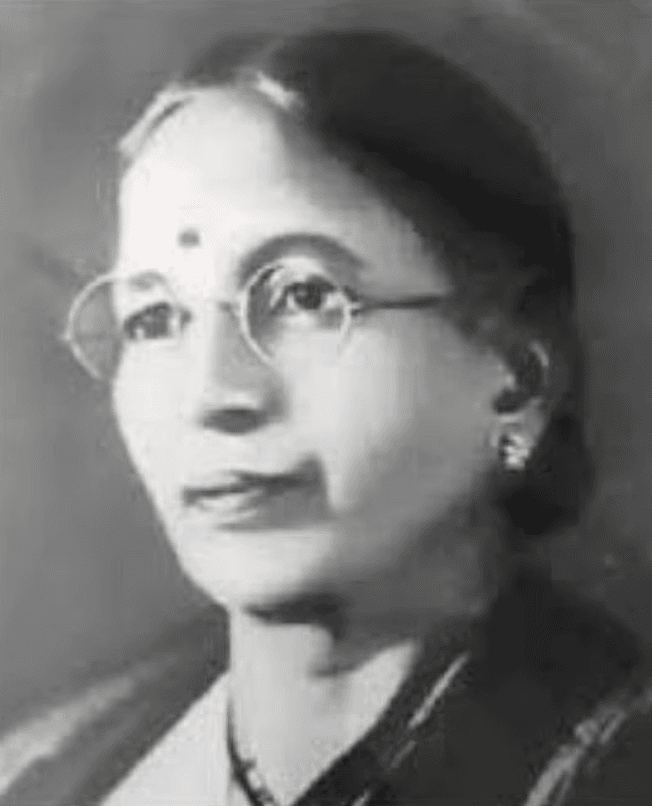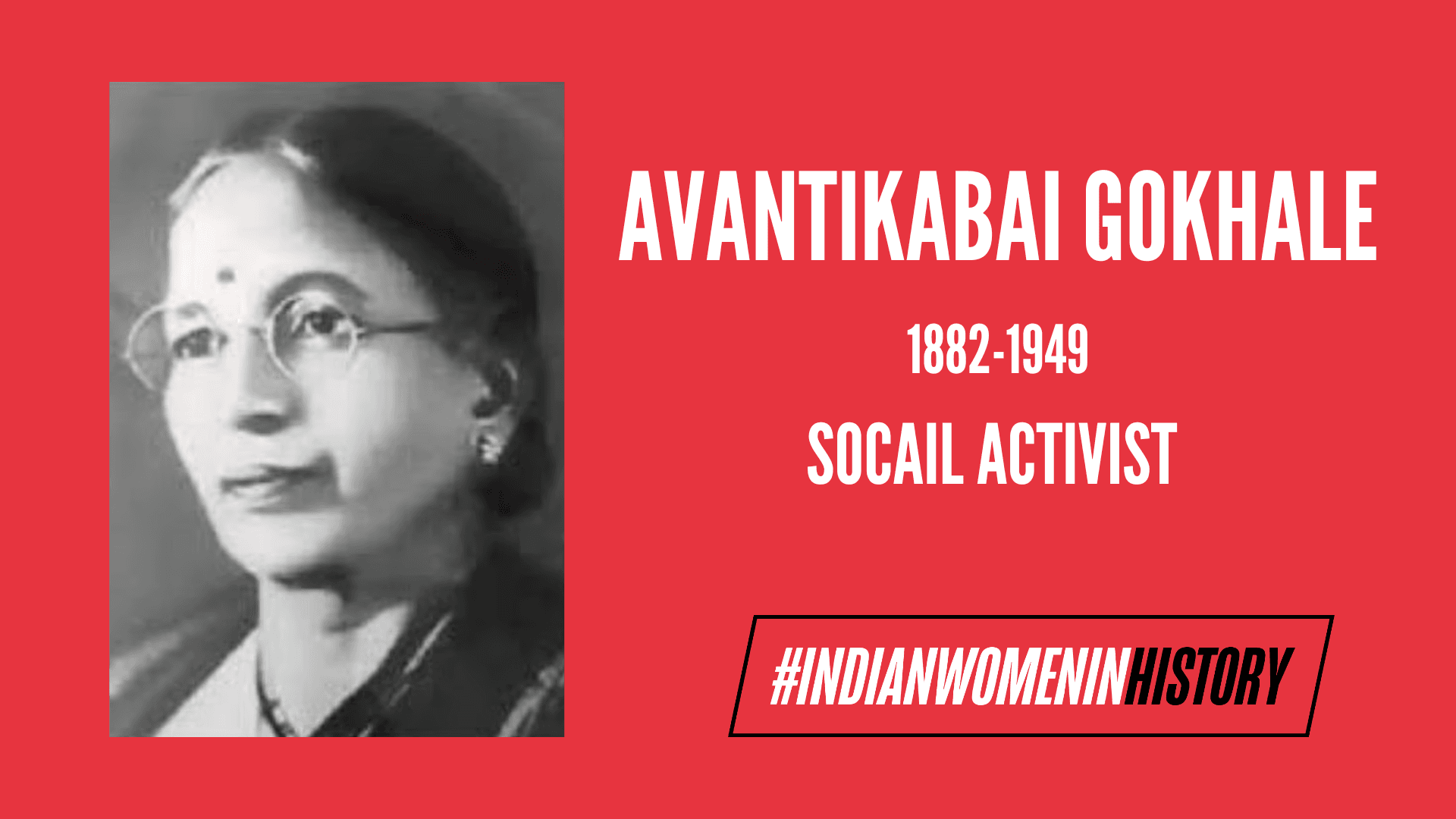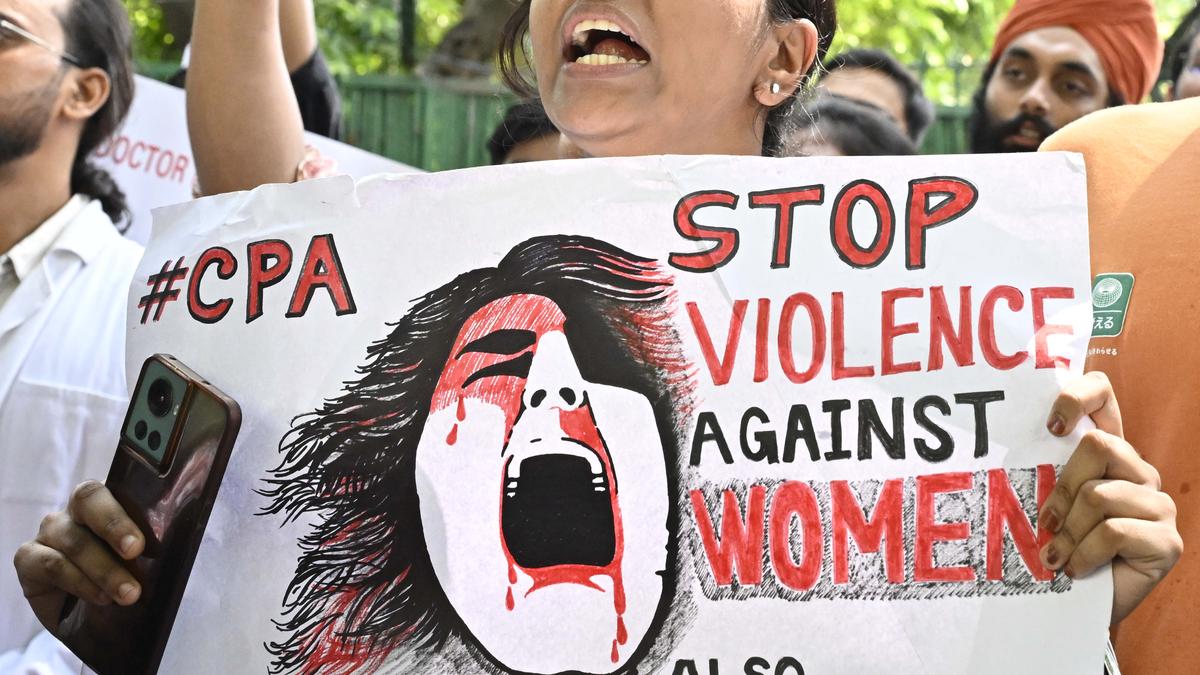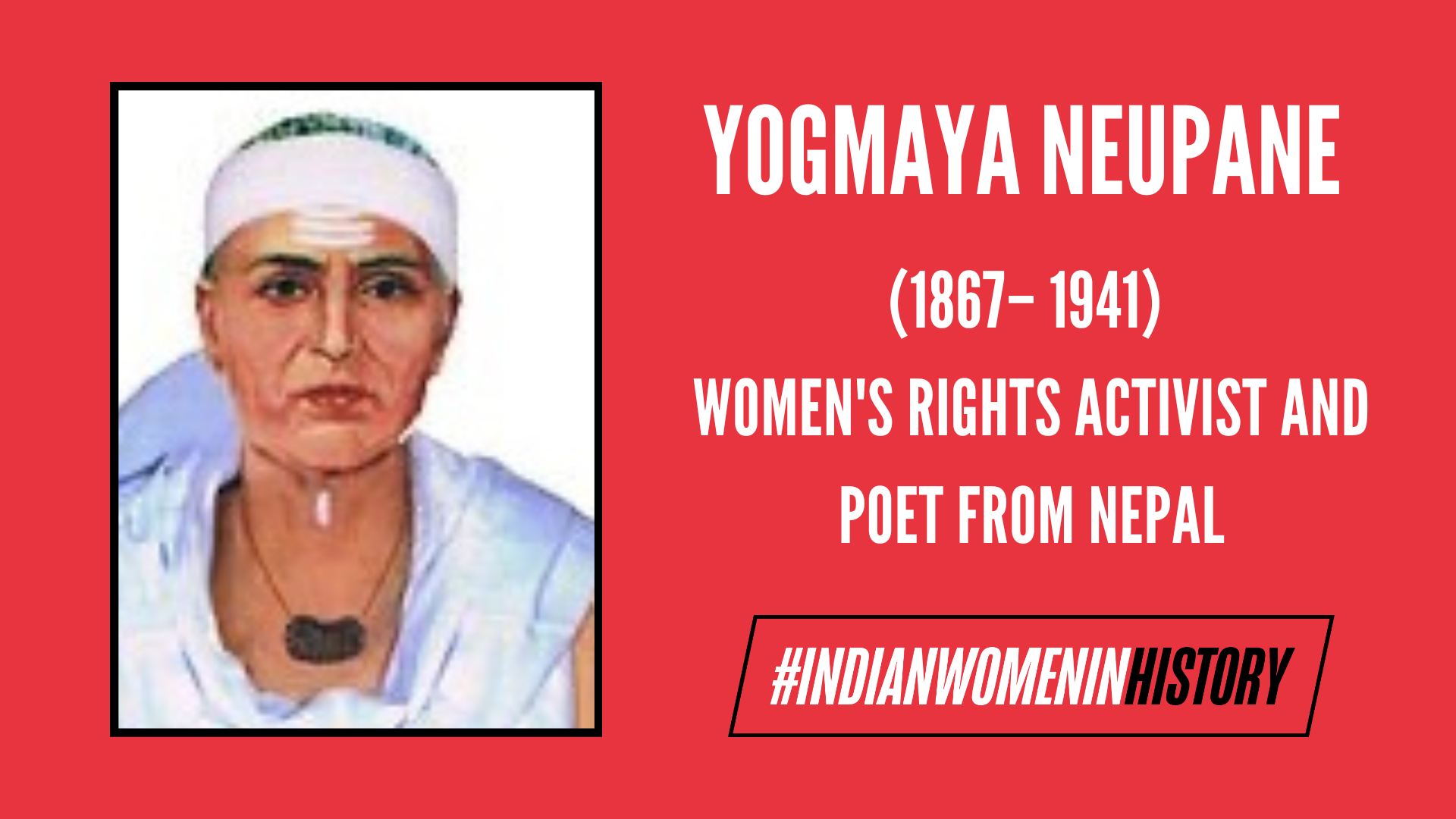Avantikabai, born on September 17, 1882, in Tasgaon, Maharashtra, was married off at the tender age of nine. While her orthodox Chitpavan (a Maharashtrian Brahmin community from Konkan, a coastal region of Maharashtra) Brahmin family denied her education, her husband and father-in-law supported her and took responsibility for her education.
Bapan Gokhale, her husband, home-tutored her until 1895, before departing to study engineering in London and China. With her father-in-law Gopalrao Gokhale’s continued support, she completed her diploma in midwifery and nursing in 1901 from Motlabai Hospital in Bombay.
Avantikabai was the sole breadearner for the family and remained firm in her work of social service, so much so that she joined the Social Service League in 1913. The Social Service League was founded in 1911 in Bombay (present-day Mumbai) by Narayan Malhar Joshi (N. M. Joshi), famously known as Nanasaheb Joshi. The Social Welfare League worked for the labour class’s upliftment. The league established libraries in 1917 at Chinchpokli to nurture reading habits among the young workers and make books easily accessible to them.
Start of a new era
In the year 1913, she also got the chance to go to London as a companion to the Rani of Ichalkaranji (Kolhapur), where she met eminent Indian leaders and social workers such as Sarojini Naidu and Gopal Krishna Gokhale. This event was about to be the start of forming a deep friendship with Sarojini Naidu and increased involvement in the freedom movement. While in London, Avantikabai visited hospitals and clinics to expand her medical knowledge, which would later help her assist the people of her country in the future.

After returning from London, she established nursery homes for women mill workers in Girgaon, a city in the southern part of Mumbai that was dominated by the labour class due to the emergence of mills in the coastal area. She worked to raise awareness about education, sanitation and hygiene. She, along with her husband, took an active part in the social reform movements.
In the Congress session of 1916 in Lucknow, Sarojini Naidu gave a stirring speech supporting the Resolution on Self-Government for India. A significant event that led to the historic agreement known as the Lucknow Pact showcased the Hindu-Muslim unity as the Indian National Congress and All India Muslim League came together to present the collective political demands to the British government. It was here that Avantikabai met Mohandas Karam Chand Gandhi for the first time. Moved by Gandhi’s work and words, Avantikabai and her husband became staunch supporters of Gandhi and his ideology.
Champaran and the Selfless Social Work
In his autobiography—The Story of My Experiments with Truth— Mahatma Gandhi elaborates on the details of all the companions that helped him in his fight for independence. He talks about how in Bihar, without proper village education, any form of reform was temporary. Thus, with the advice of his companions, he decided to work on establishing primary schools in the village and issued a public appeal for voluntary teachers.

Avantikabai Gokhale readily agreed to the role. Thus, Avantikabai, along with her husband, became part of the Champaran Satyagraha in 1917 as educationists. Consequently, Baban Gokhale and Avantikabai Ghokale took charge of Gandhi’s first school in Champaran in November 1917. However, Avantikabai’s role was not only limited to being a teacher. Since the villages were insanitary and lacked any sense of cleanliness, she, along with other members, raised awareness around sanitation and women’s health. She engaged herself in scavenging and sanitation work. Her education and experience in midwifery also were of enormous importance, as she significantly worked on the ground to help with medical aid relief and social upliftment.
Gandhi praises Avantikabai in his autobiography for all the selfless work she put in in Bihar. He says, “Avantikabai became a model school. She threw herself heart and soul into her work. She brought her exceptional gifts to bear on it. Through these ladies, we could, to some extent, reach the village women.“
Avantikabai, impressed by Gandhi’s personality and work, wrote the first-ever Marathi biography of Mahatma Gandhi in 1918. At the beginning of the biography, Avantikabai herself writes that while volunteering for Gandhi in Champaran, the idea of writing his biography came to her mind. Another intriguing thing about this biography was its preface that was written by Lokmanya Tilak, who considered the biography important for making Gandhi’s character virtuous and exemplary among the readers.
Avantikabai and her contribution
Avantikabai and her contribution to the social reform and women’s empowerment movement still stand tall on the streets of Girgaon even when her name has been largely neglected from the folds of mainstream history. Hind Mahila Samaj is a testament to her work for the upliftment of women in Maharashtra. Established in 1918, one year after her involvement in the Champaran Satyagraha, Hind Mahila Samaj played a pivotal role in women’s empowerment and raising nationalist awareness among women. She served as the president of Hind Mahila Samaj for 38 years and continued to work towards educating girls.
In 1923, she joined the Municipal Corporation of Mumbai, alongside Sarojini Naidu and Bachubai Lotwala, and served on the Standing Committee in 1926 and the Public Health Committee in 1927. As part of the municipal corporation, Avantikabai worked and proposed resolutions for addressing the unhealthy food stalls outside the school, worked for the treatment and medical examination of women and also helped in improving the living standards of municipal workers.
Avantikabai was a devoted follower of the Swadeshi movement. She was instrumental in promoting Khadi within society. Through her organisation, Hind Mahila Samaj, she promoted education and championed the financial independence of women by conducting spinning wheel, weaving and embroidery classes. She used to send hand-woven dhotis to Gandhi every year on his birthday.
Rashtriya Stree Sangh and Salt Satyagraha, a testament of defiance
Kamladevi Chattopadhaya, another important leader in the Indian Freedom Movement, convinced Mahatma Gandhi to allow women to participate in the Salt Satyagraha, which created history by inspiring women from all walks of life to contribute to the national cause and participate in the nationalist movements.
Avantikabai, a close associate of Kamladevi, was part of this collective defiance movement. Avantikabai, along with Kamladevi, took the lead on April 6, 1930, by breaking the salt law. They, along with five other women, boiled the seawater and turned the Bombay seaside into another battleground of defiance.
The Gandhi-Irwin Pact released her, along with Sarojini Naidu and other imprisoned freedom fighters. Even after that, she was at the forefront, fighting for swaraj (self-rule) and awakening a sense of prowess among the Indian women by continuously breaking government orders.
Rashtriya Stree Sangh, a nationalist organisation, was established in 1921 as a body of defiance against the British government and as a response to Gandhi’s call for the Civil Disobedience Movement. With Sarojini Naidu as the president, Goshiben Naoroji as the captain, and Avantikabai Gokhale as the vice president, this organisation played a significant role in involving women closely with the freedom movement. As the vice president, Avantikabai, along with other notable women leaders, dedicated her life to ensuring the cry of national movements reaches women all around the country. She showed immense determination and dedication towards the movement. During the public gathering, when the police were lathi charging the crowd, Avatikabai was asked to leave the place, but she didn’t budge and stood firm and retaliated.
She also organised the hoisting of the national flag at Azad Maidan in Bombay as a form of protest against the ordinance issued by the police commissioner banning the flag hoisting. She was arrested the next day outside Corporation Hall and sentenced to six months imprisonment. The Gandhi-Irwin Pact released her, along with Sarojini Naidu and other imprisoned freedom fighters. Even after that, she was at the forefront, fighting for swaraj (self-rule) and awakening a sense of prowess among the Indian women by continuously breaking government orders.
A legacy of resilience
Avantikabai was a symbol of persistence and resilience. Mostly overlooked in mainstream history, Avantikabai tirelessly worked behind the scenes to empower women towards the nationalist movement and swaraj. A dedicated disciple of Gandhi, she was committed to working for women’s empowerment and the nationalist movement. She and her husband collectively decided not to have children; however, she left her legacy in the form of her adoptive daughter, whom she named Indu.
Avantikabai taught and trained her as a nurse. She did not actively participate in the Quit India Movement due to the health conditions of her husband. She received a cancer diagnosis in 1947 and sadly passed away on 26th March 1949. The Municipal Corporation of Bombay renamed the road that passed through her house as Avantika Gokhale Marg—an honour for the women who stood against time and fought actively for the liberation we experience today.
References:
- The Story of My Experiments with Truth: An Autobiography By Mahatma Gandhi
- Women in Gandhi’s Mass Movements By Bharti Thakur
- Gandhi In Champaran By D. G. Tendulkar
- https://amritmahotsav.nic.in/district-reopsitory-detail.htm?25309
- https://amritmahotsav.nic.in/unsung-heroes-detail.htm?15547
About the author(s)
Reeba Khan is a Political Science student at Delhi University. As a writer and student journalist, she has a keen interest in issues of identity, conflict, and politics of belonging. She writes to remember and to resist





